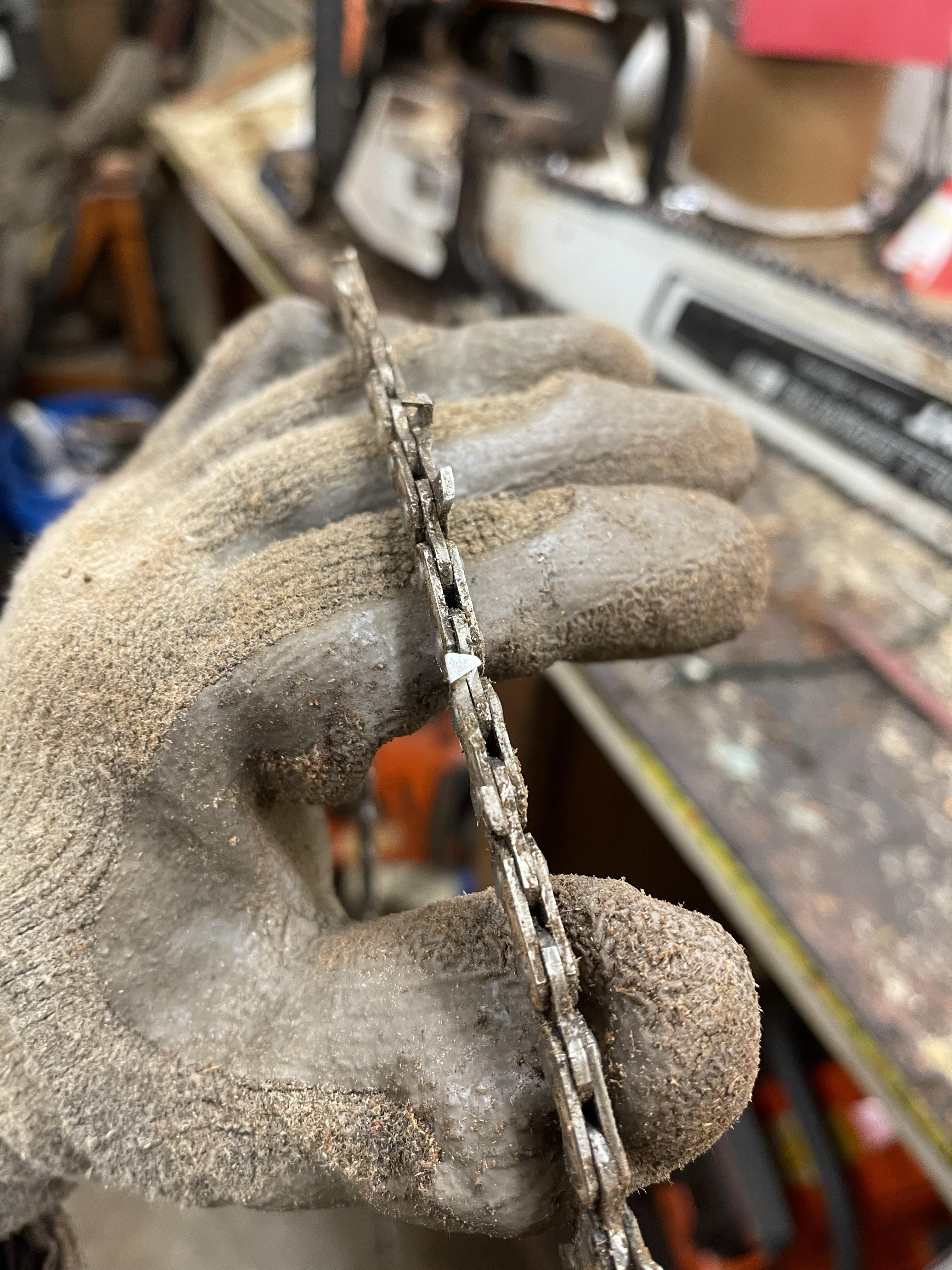mncutter: Thanks for posting attachment.
I've never heard of progressive gages for sharpening. I have seen many of the issues addressed with my own chains over the years, like forty years now. Previously the rule of thumb was buy new and keep on cutting. A lazy, expensive, wasteful approach no doubt. Early on I paid for sharpening. That was frustrating on several levels. The next step was a Grandberg jig for a couple decades of firewood cutting. It wore out and in search of a replacement I've used the Stihl 2-1 with good results, and more attention to bar maintenance.
Buckin Billy Rae's "get the gullet" was a bump up for me too. He also talks about tooth length not having to be equal to cut well.
The attachment is a great overall view of all the issues I've experienced over the years, and poor assumptions I've made on quality of bars or chains I've purchased.
I now run one chain, sharping on the saw when it no longer self feeds. I do keep backups hanging on the wall of course. Still much room for improvement, and will seek out a progressive gage for improved chain cutting as the teeth become shorter.
Instead of sharpening being simply a necessity, I've come to enjoy it, and learning more about it.
And of course a sharp chain puts a smile on my face when cutting.
View attachment 960108









